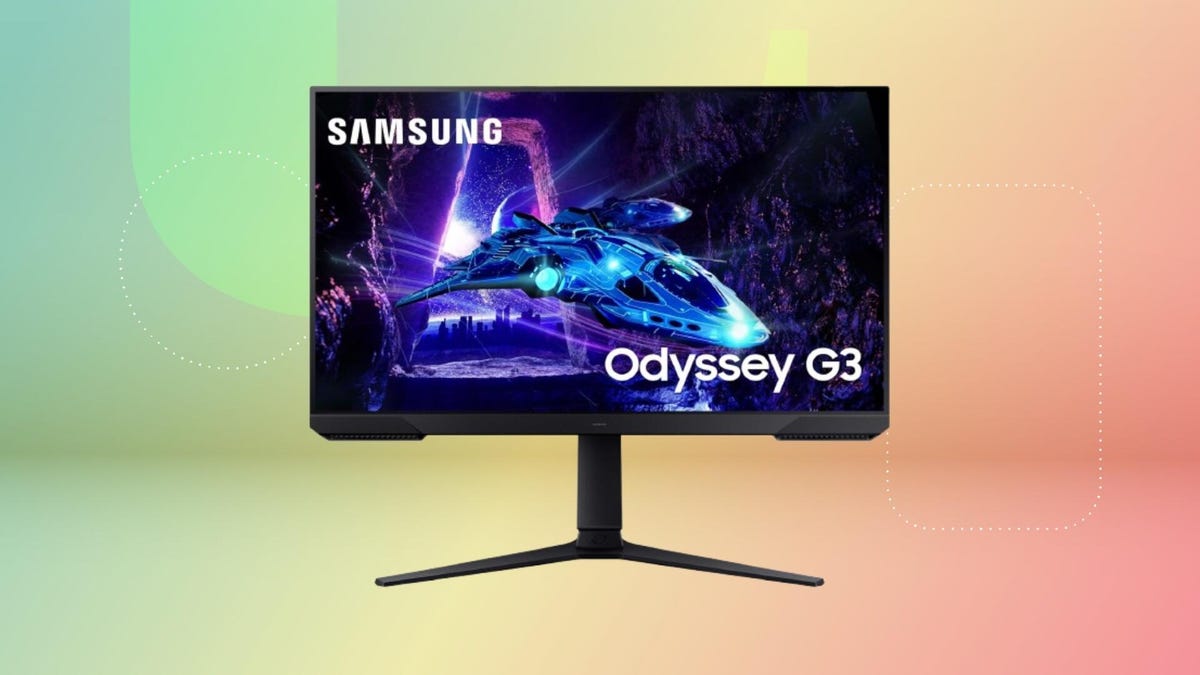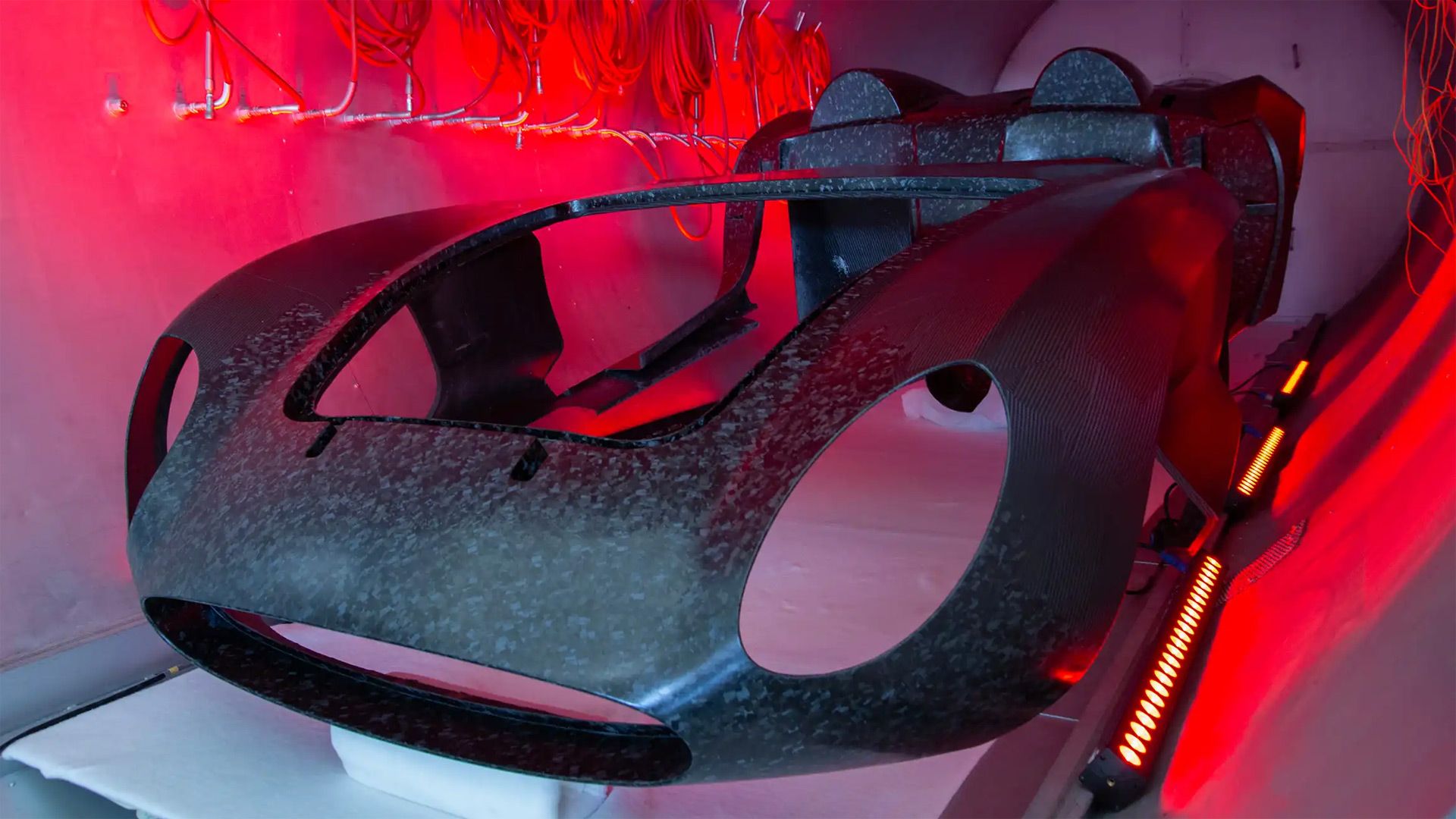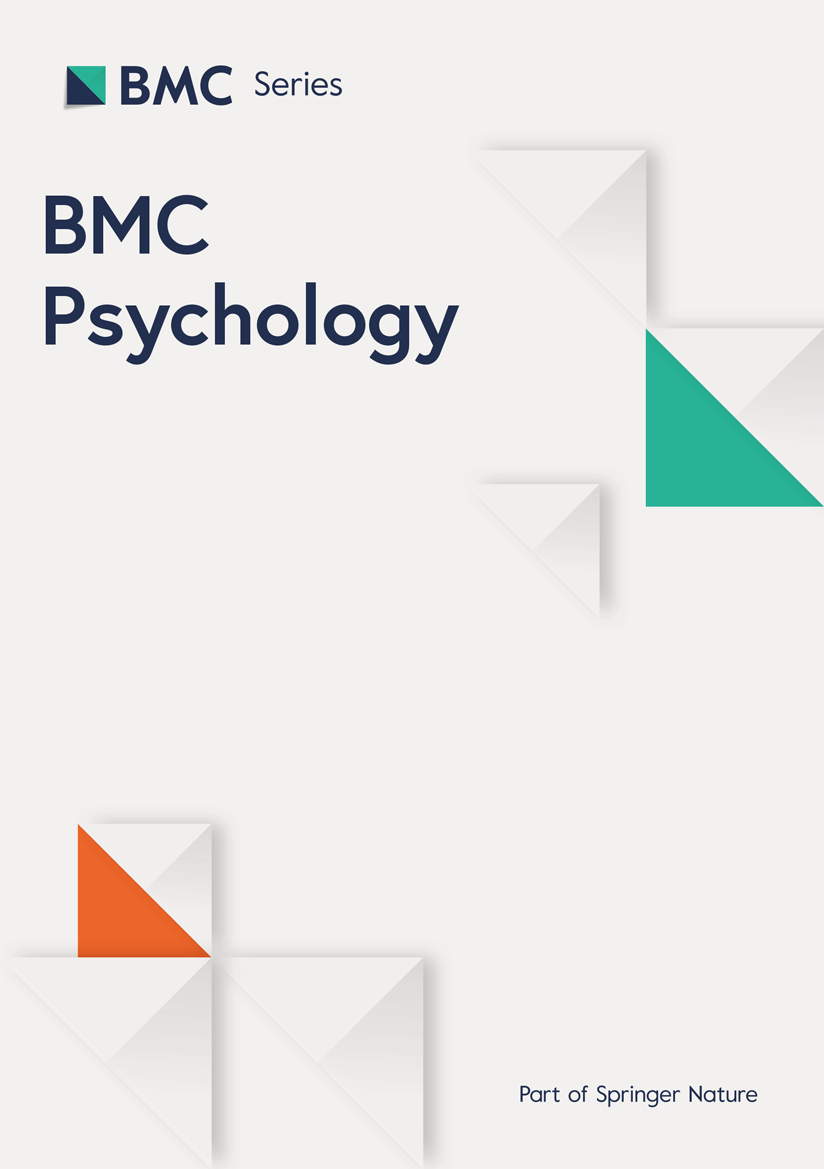This study aimed to investigate the phenomenology of negative attitudes towards marriage among female students at the Islamic Azad University, Yazd Branch. The findings indicate that these negative attitudes are shaped by various intrapersonal, familial, social, and economic factors. Each of these factors uniquely influences the students’ attitudes and decisions regarding marriage through different mechanisms. In the following, we will discuss relevant studies that align with our findings, alongside the detailed explanations of the themes identified in this study:
Previous studies have highlighted various factors influencing women’s attitudes toward marriage. In terms of intrapersonal factors, Niazi et al. [43] emphasized the role of individualism, fear of marital failure, and the focus on physical appearance as key barriers to marriage. Additionally, Khosravi et al. [44] argued that negative emotions such as depression, isolation, and social pressure significantly affect women’s perspectives on marriage. Talebpour and Biranvand [45] discussed how psychological challenges, such as the lack of preparedness for marital responsibilities, which arise from previous negative experiences, also contribute to reluctance toward marriage. In a similar vein, a study conducted in Qom examined factors influencing young people’s desire to remain single, highlighting variables such as individualism, social trust, and attitudes toward marriage. The study found a positive relationship between individualism, social trust, and traditional family values in choosing a spouse with the inclination to remain unmarried, emphasizing the role of cultural and social factors in shaping marriage-related attitudes [46]. Below, the themes identified in the study are further explained:
-
a)
Negative Emotions about the Future
The fear of the unknown and uncertainties about marriage appear to be central reasons behind negative attitudes. These feelings are likely rooted in the broader societal fears about infidelity, divorce, and emotional dissatisfaction. The socio-cultural context of Yazd, where traditional values coexist with modern expectations, plays a significant role in shaping these anxieties. Women often feel pressure to reconcile personal aspirations with traditional roles, which creates an underlying tension. The influence of media, which alternates between portraying idealized and negative aspects of marriage, might amplify these fears, presenting a skewed view of marital life. The uncertainty about the future might stem not only from personal experiences but also from the societal expectations that dictate the roles individuals must play in marriage.
-
b)
Feelings of Inadequacy for Establishing a Marital Life
Feelings of inadequacy stem from a lack of preparation for managing marital life, which is often due to the absence of comprehensive education on relationships. This is particularly prominent in Yazd, where women are expected to fulfill traditional family roles while also pursuing academic and professional success [36]. These dual expectations can overwhelm women, creating a sense of not being fully equipped for marriage. The socio-cultural context does not provide adequate training in emotional and interpersonal skills that are essential for navigating a successful marriage. This gap leaves women feeling underprepared and uncertain about their ability to meet the demands of marital life.
-
c)
Unpreparedness for Facing Marital Problems
The challenges and complexities of marital life cause many women to feel unprepared for the difficulties that might arise. These feelings of unpreparedness could be attributed to the lack of open dialogue about marital issues within the community [47]. In Yazd, traditional gender roles and the expectation that women be nurturing may prevent discussions about the less glamorous aspects of marriage, such as conflict and emotional strain. Women, in this context, might feel unprepared for the realities of these struggles, given the cultural discouragement of such conversations. The lack of awareness about the daily challenges in marriage might lead to heightened fears and apprehensions about entering such relationships.
-
d)
Idealism
Idealism about marriage is another prominent factor contributing to negative attitudes. Many women hold high expectations for their future partners, hoping to find someone who meets an array of often unattainable qualities. This idealism can create an unrealistic view of relationships and cause delays in pursuing marriage. The socio-cultural environment, which encourages high standards for partners, further intensifies these expectations. However, when these expectations do not align with reality, women may feel disillusioned. The cultural emphasis on finding an ideal partner may overshadow the understanding that successful relationships are not always based on perfection, but rather on compatibility and mutual respect.
-
e)
Feeling of Not Needing Marriage
The perception of not needing marriage is increasingly common among young women, particularly those who have achieved financial independence and emotional stability. This sense of self-sufficiency allows them to feel that they can live fulfilling lives without the need for a marital relationship. In Yazd, where societal values are undergoing transformation, this shift in mindset reflects broader changes in how marriage is viewed. The pressure to conform to traditional gender roles may be lessening, especially as women experience the satisfaction and independence that comes with living on their own terms. This sense of independence could be seen as a challenge to the traditional view of marriage as an essential life milestone.
When it comes to familial factors, studies such as Marvat et al. [48] found that family pressure to select the right partner and economic expectations are major reasons for young people’s hesitance to marry. Shahnavaz and Azam Azadeh [49] in their meta-analytic studied reinforce the idea that familial expectations and generational differences significantly impact marriage decisions. Khosravi et al. [44] also noted the influence of these generational differences on the development of marriage attitudes, particularly when young women face conflict between their views and those of their families. In a similar vein, a study conducted in Kermanshah highlighted that factors like parental involvement, parenting approaches, and strictness from parents are closely associated with the postponement of marriage [50]. The themes identified in the study are elaborated upon in the following sections:
-
a)
Family Idealism
In Iran, families, as an important and influential institution, play a significant role in their children’s major life decisions, including marriage [51]. Young women often face direct pressure from parents, who emphasize high standards for a potential spouse. This includes financial stability, social status, and specific personality traits. Such pressures can create anxiety and doubts, reinforcing negative attitudes toward marriage. The mismatch between these familial expectations and personal desires often makes young women feel that finding a suitable partner is difficult, reducing their inclination toward marriage. These findings reflect the deep cultural role families play in shaping marital views, highlighting the tension between familial expectations and individual autonomy.
-
b)
Generational differences between Daughters and their Families
Generational differences between young women and their families, especially in cultural, social, and even technological areas [52], can lead to significant disagreements on marriage-related issues. Parents may hold views and values that seem unacceptable or outdated to today’s young women. These generational differences may manifest in issues such as choosing a spouse, gender roles within the family, and expectations from marital life, leading to conflicts in the decision-making process of young women.
In terms of social factors, Talebpour and Biranvand [45] argue that social conditions, such as parental addiction or family-related issues, discourage marriage. Khosravi et al. [44] mention how societal pressure toward singleness and the distrust in familial advice negatively impact marriage decisions. Shahnavaz and Azam Azadeh [49] explore how the process of socialization and the evolving cultural norms around marriage and singleness shape societal attitudes toward marriage. Additionally, a study conducted in Tabriz on youth aged 20 to 40 revealed that factors such as family expectations, the expectations of youth themselves, social distrust, enjoyment of singlehood, education, and gender are all significantly related to delayed marriage. The study found that five independent variables—education, expectations, social distrust, family pressure, and enjoyment of single life—accounted for 51.1% of the variance in the age at marriage [53]. Similarly, a study conducted in Kermanshah also pointed out that factors such as individuals’ attitudes toward gender equality, gender inequality, along with enjoying single life, were significantly related to the delay in marriage [50]. The themes recognized in the study are discussed in more detail below:
-
a)
Modeling Others’ Lives
In the Yazd context, young women’s attitudes toward marriage are influenced by witnessing the marital difficulties of those around them. With divorce rates rising in society, these personal examples shape young women’s perceptions, creating fear and hesitation. Observing dissatisfaction in the marriages of family members or friends not only leads to reluctance about marriage but also affects their expectations of marital life. Furthermore, imitative behaviors and competition with others are prevalent, particularly among women, due to the cultural emphasis on public image and family reputation [54]. The desire to avoid the perceived failures of others leads many young women to fear repeating those same mistakes. These cultural pressures, along with social stigmas associated with marital failure, intensify their negative perceptions of marriage. This context is unique to societies where family reputation and public perception hold significant weight, thus impacting personal decisions such as marriage.
-
b)
Lack of Trust in Others’ Advice
A common theme observed in this study is young women’s skepticism toward marriage advice from family, friends, or other trusted figures. In the Iranian cultural setting, family plays a central role in marriage decisions, yet many young women find that their families’ perspectives are rooted in outdated or idealized views of marriage [36]. This mismatch in understanding contributes to a lack of trust in the advice they receive. Additionally, personal experiences, such as witnessing family members or friends being pressured into marriage decisions or observing failed marriages, reinforce their hesitancy. The socio-cultural pressure to marry, coupled with limited access to reliable counseling, results in these women making decisions about marriage based on their own limited understanding and without trusted guidance. This reflects a gap in both the availability of practical advice and the cultural attitudes toward the evolving needs of young women today.
Regarding economic factors, Niazi et al. [43] stressed that financial insecurity and economic pressures are significant reasons why young people might avoid marriage. Marvat et al. [48] discussed how the high costs associated with marriage, particularly in the current economic climate, serve as a barrier. Talebpour and Biranvand [45] also identified financial difficulties as a major obstacle for young individuals in making the decision to marry. The following section provides a more detailed explanation of the themes identified in the study:
-
a)
Lack of Financial Independence
Among young female students at Yazd Islamic Azad University, financial independence is a significant concern influencing attitudes towards marriage. These women often face uncertainty regarding their economic futures due to their limited financial autonomy while still pursuing higher education. In this context, financial dependence on a future spouse becomes a major apprehension. Many students fear being unable to support themselves after marriage, particularly given the perceived financial instability in Iran. The societal pressures to manage significant financial.
Limitations
This study has several limitations that should be considered. Firstly, the sample size was relatively small, and participants were selected from a single university, which may limit the generalizability of the findings to other populations. Furthermore, although the qualitative approach offers rich insights into individual experiences, it may be subject to biases in the data collection process, such as researcher bias or participant self-reporting biases. Additionally, the process of sample selection may have introduced a certain level of homogeneity, which could affect the diversity of perspectives on marriage. The study also relied on self-reported data, which may lead to social desirability bias, influencing the accuracy of participants’ responses. Finally, while the qualitative analysis offers an in-depth exploration of the topic, it might not fully capture all the relevant dimensions or broader factors influencing attitudes toward marriage. Additionally, the cross-sectional design of the study limits the ability to draw conclusions about changes over time or causal relationships.
Practical implication
While the findings provide insights into the factors influencing negative attitudes towards marriage, future research should aim to explore these dynamics in a broader context. Educational interventions and counseling services may help address these attitudes, but further empirical support is needed to assess their effectiveness.











